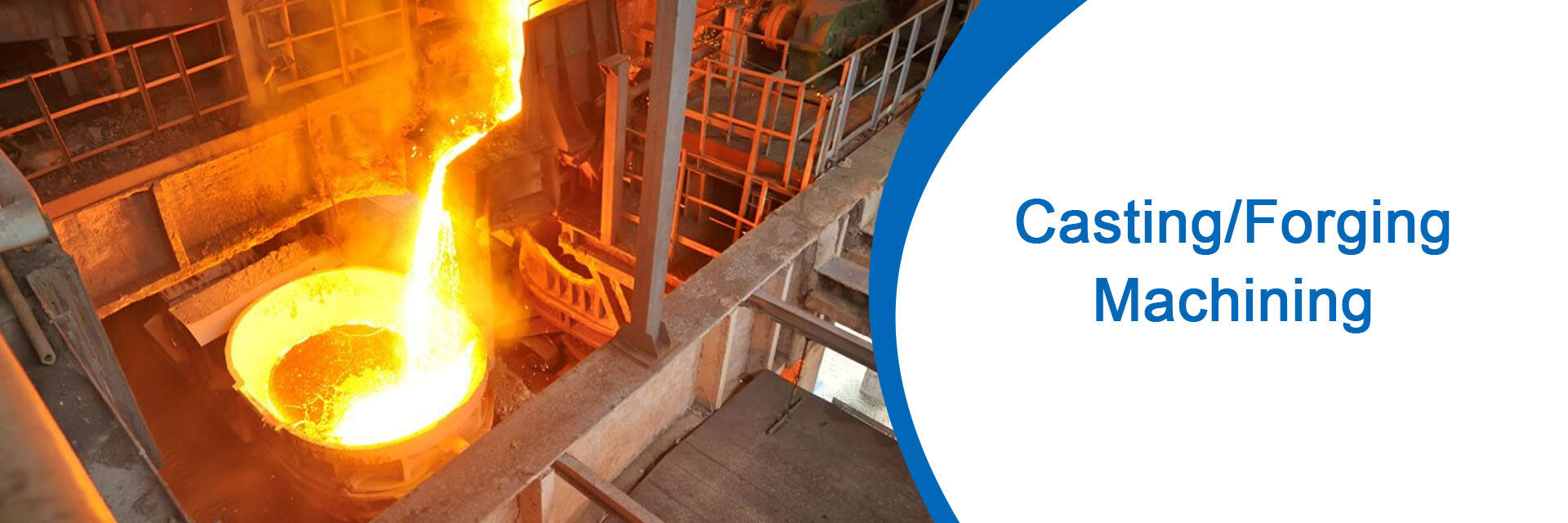Casting Parts R&D Project
The development of cast parts involves a systematic research and development (R&D) process to ensure optimal design, material selection, manufacturing and quality control.
A R&D project for casting custom parts typically includes the following steps and phases:
demand analysis:
Define the goals and scope of the project, including the functional requirements, performance indicators, application areas, expected costs and schedule of the custom parts.
Communicate with customers to understand their needs and requirements, and conduct market research to determine the key features and competitive advantages of custom parts.
Concept Design:
Conduct preliminary conceptual design, including shape, size, structure and material selection of custom parts.
Use computer-aided design (CAD) and computer-aided engineering (CAE) tools for simulation and analysis to evaluate the feasibility and performance of different design options.
engineering design:
Conduct detailed engineering design based on conceptual design, including formulating detailed design specifications and standards, preparing detailed design drawings and process flows, etc.
Consider key technical indicators such as structural strength, durability, corrosion resistance, and dimensional accuracy of customized parts.
Material research and selection:
Research and evaluate the performance and characteristics of different materials, including metal materials, alloy materials, plastic materials, etc.
Select materials that best suit your project needs and conduct necessary material testing and certification.
Casting process development:
Develop processes suitable for customized parts casting, including mold design, smelting process, pouring process, cooling process, etc.
Optimize the casting process and improve production efficiency and product quality.
Prototype production and testing:
Prototype custom parts are produced and experimentally tested to evaluate their performance and reliability.
Including static testing, dynamic testing, material performance testing, etc.
Optimizations and improvements:
Based on test results and feedback, the custom part design and casting process are optimized and improved.
Continuously iterate to improve product performance and quality.
Verification and certification:
Conduct performance verification and certification of customized parts to ensure they comply with relevant standards and regulations.
Certification testing and approval procedures from relevant agencies may be involved.
Mass production and promotion:
Start mass-producing customized parts and bringing them to market.
Provide after-sales service and technical support to meet customer needs and continuously improve products
 EN
EN
 AR
AR
 BG
BG
 HR
HR
 CS
CS
 DA
DA
 NL
NL
 FI
FI
 FR
FR
 DE
DE
 EL
EL
 HI
HI
 IT
IT
 JA
JA
 KO
KO
 NO
NO
 PL
PL
 PT
PT
 RO
RO
 RU
RU
 ES
ES
 SV
SV
 TL
TL
 IW
IW
 LV
LV
 LT
LT
 SR
SR
 SK
SK
 SL
SL
 UK
UK
 VI
VI
 ET
ET
 HU
HU
 TH
TH
 TR
TR
 AF
AF
 MS
MS
 GA
GA
 IS
IS







